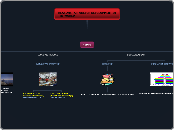par Heather Hagar Il y a 11 années
371
Chapter 3: The Real-Tiger School by Heather Branham
The text discusses the constructivist approach to education, emphasizing student-centered learning over traditional teacher-centered methods. It highlights the tendency to quickly adopt new educational programs without thorough research or long-term commitment to assess their effectiveness.









